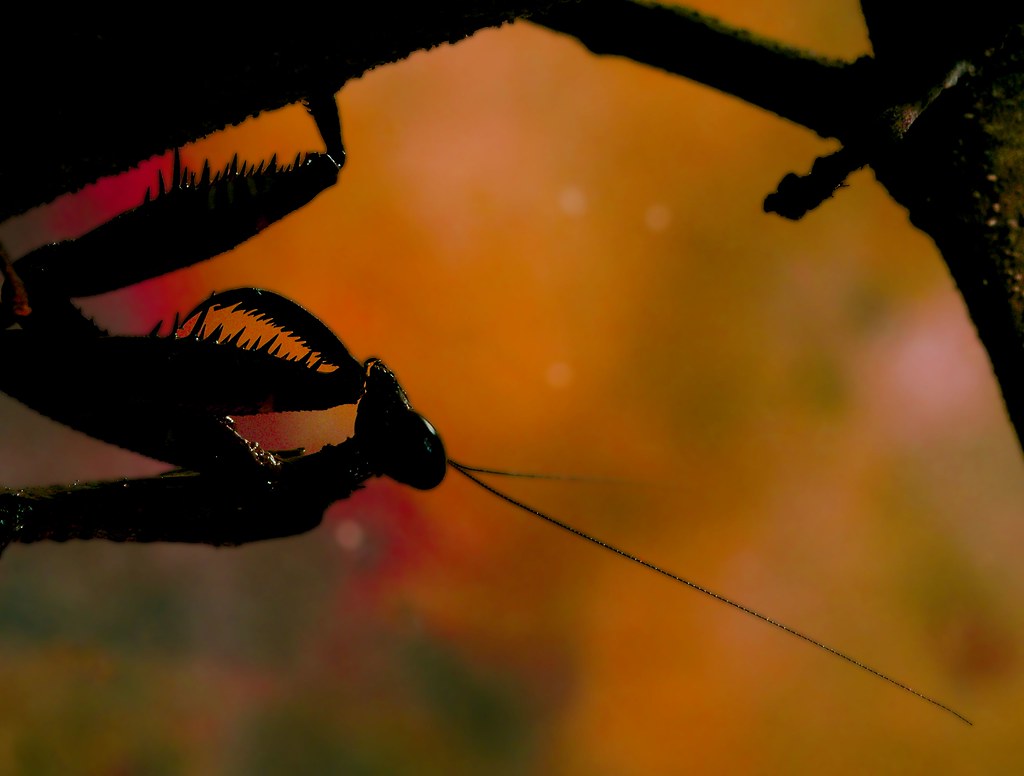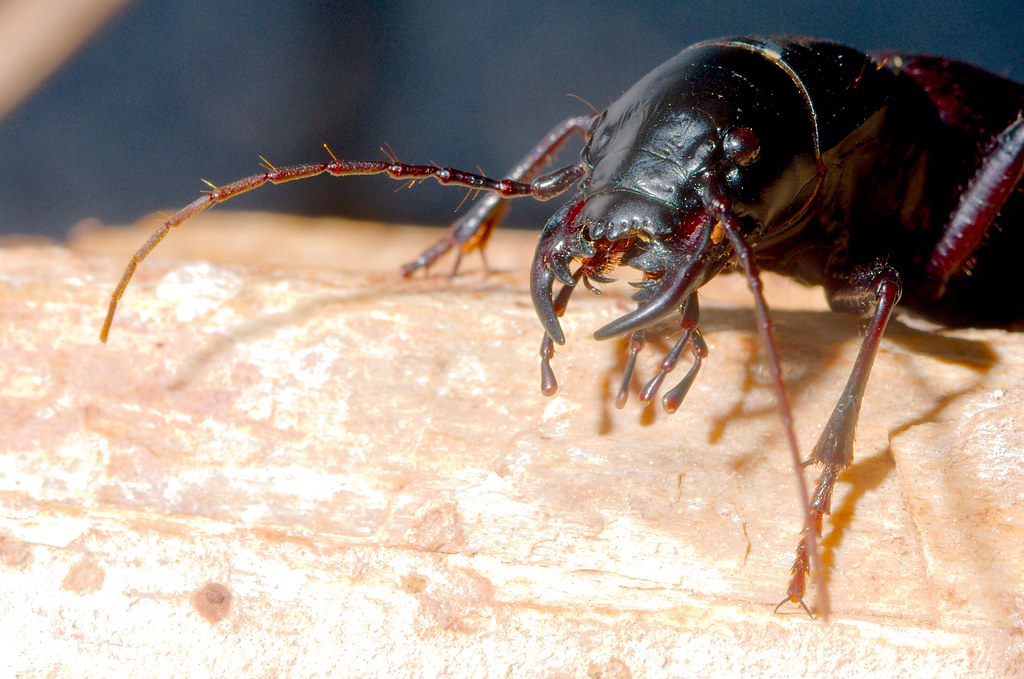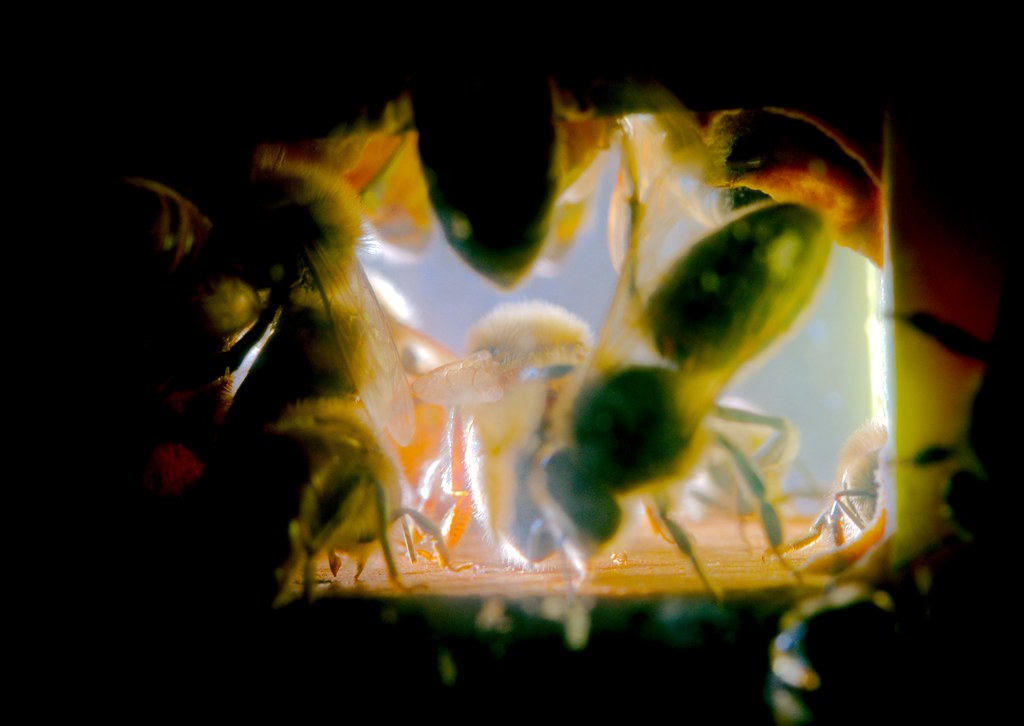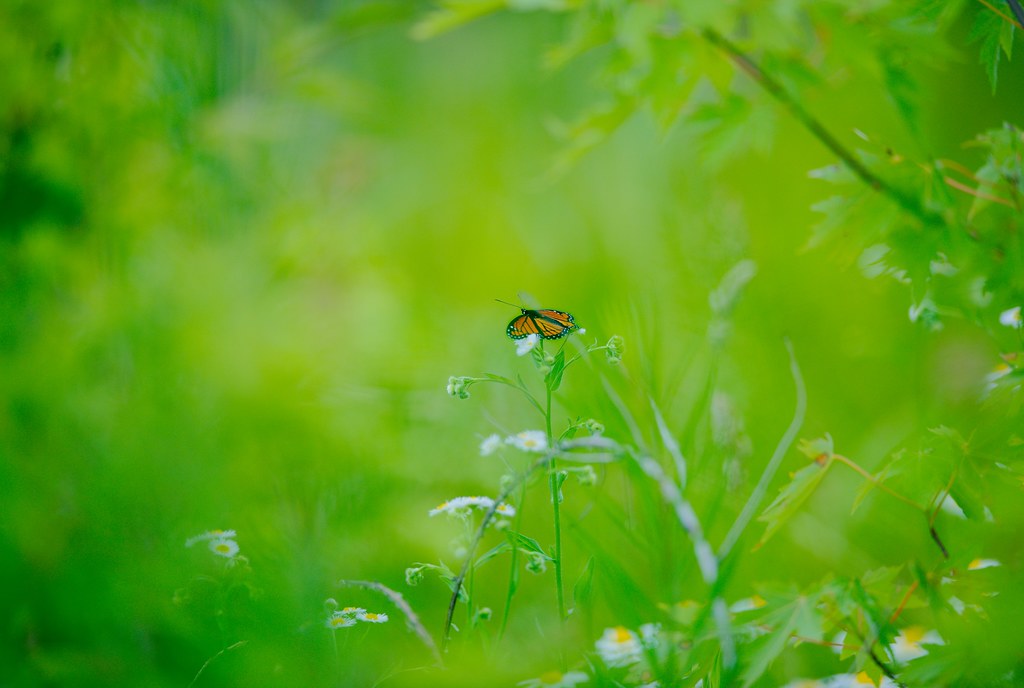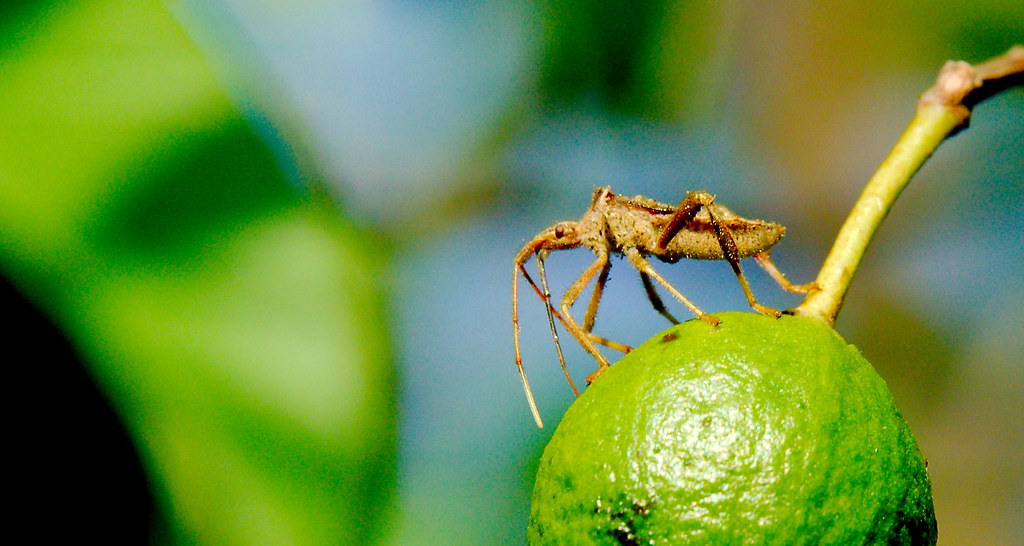It is unclear whether the dead leaf mantis is named for its tendency to resemble a dead leaf or because he was once an ordinary leaf mantis, full of hopes and dreams, that once made a mistake, one so terrible that he never recovered, dooming him to wander the garden, never again to feel truly alive.
Category Archives: Insect
Centipede
Velvet Ant
This is not an ant. It’s actually a type of wingless wasp.
A wasp, of course, is any insect of the suborder Apocrita that is neither a bee nor an ant.
The suborder Apocrita is made of all insects in the Hymenoptera that have a narrow “waist” (or petiole) formed between the first two segments of the actual abdomen.
This is where it gets fun …
A petiole is sometimes called a pedicel, which is also used for the second segment of an insect’s antennae, which can be confusing. So you’d think most entomologists would use “petiole”, but that gets confusing because that work can also mean the stalk at the base of the nests of paper wasps *and* the situation where a normally four-sided cell in the wing of an insect has only three.
Why did all of this happen? Because of plants. People were studying plants before they were studying bugs and in botany a pedicel is the thin stem that connects a single flower to the inflorescence (cluster of flowers) or to a single fruit to infructescence (cluster of fruits (or fruit-like things)) while a petiole is the thin stalk that connects a leaf to its stem.
Now let’s talk about figs …
Botanically, a fruit is the seed bearing structure in angiosperms that is formed from the ovary. Figs are false fruits, being formed from an inverted inflorescence that, when pollinated, grows into an infructescence. How does this get pollinated, I hear you ask? With wasps!
The fig’s inflorescence is inverted, so the only way they can get pollinated is with wasps that have evolved to match specific fig species. One wasp crawls into each flower, lays its eggs, and dies. The eggs hatch, and the little wasps chew their way out of the fig flower, leaving their mother’s body behind. Now, normally, people get grossed out at this point, as every fig they eat actually contains several wasps … but that’s not the cool part.
Because a fig is a cluster of little false fruits, each false fruit being connected to its infructescence with a pedicel *and* each one containing a wasp, which is distinguished from other insects of Hymenoptera because it has a pedicel, that means that figs, unlike all the other infructescences out there, has twice as many pedicels as you’d expect!
Ta da!
(This is what happens when a photographer who is both a word geek and bio geek isn’t quite tired enough to go to bed yet.)
Butterfly
Butterfly
Owl Butterfly (Caligo memnon)
Brown Longwing (Heliconius hecale)
Brown longwing pondering whether the classic “marshmallow experiment” bothered to correct for whether or not kids were hungry and how often they got to eat marshmallows in their everyday life, pondering whether impulse control actually is set at youth, or if poverty and nutrient availability set at youth just has life-long effects.
Giant Tiger Beetles (Amblycheila cylindriformis)
Giant Katydid (Macrolyristes corporalis)
Madagascar Hissing Cockroac
Bees
Bee
Some days, he would just sit and look out at the world. He wanted nothing more than to finally be alone to finally be himself. But he feared casting aside his family. For though the constant demands were exhausting, there was a comfort in the buzzing busyness and weight of the certainness of expectation.
So he watched and waited, wanting a world that would never be his.
Butterfly
Moth
Bug
Dragonfly
Naked Mole Rat
This is the best photo of a naked mole rat I’ve ever taken.
Usually, they’re hiding because it’s daytime and they have scratched the heck out of their glass front so there’s no chance.
They’re not the prettiest animal out there, but for a critter that lives a weird sort of mammalian insect it sure does look the part.
